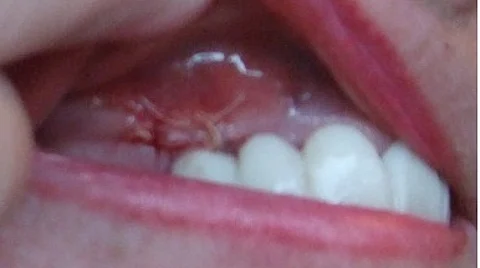Craniofacial bone defects, resulting from trauma, congenital conditions, or surgical interventions, represent a major challenge in reconstructive surgery. While autogenous grafts are a common solution, they are often constrained by donor site morbidity and limited availability. These drawbacks have sparked a drive to develop synthetic grafts that closely mimic the complex structure and function of natural bone. The rise of advanced bioceramic materials, combined with additive manufacturing (AM) technologies, offers a promising alternative that could revolutionize regenerative medicine and improve patient outcomes.
In a recent collaboration between researchers from the University of Michigan and São Paulo State University, a review (DOI: 10.1038/s41368-024-00327-7) published in the International Journal of Oral Science highlights the potential of AM to produce personalized bioceramic grafts. The article, released on October 31, 2024, delves into the clinical applications of these advanced materials, focusing on their role in enhancing craniomaxillofacial bone regeneration.


